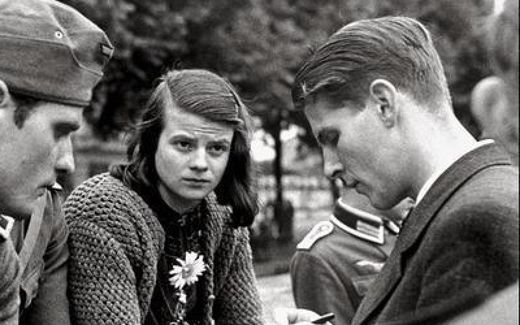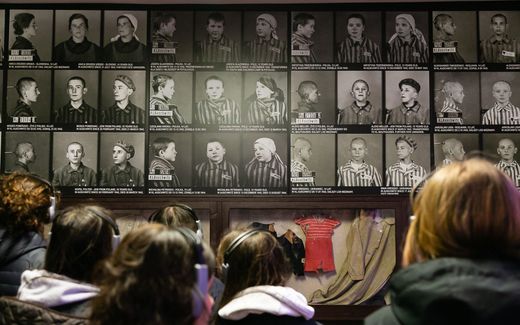Photos discovered from the first Auschwitz transport
17-06-2023
Central Europe
L. Vogelaar, RD

What did the German officers and soldiers think in everything they had to do during those years? Photo Auschwitz Museum
Central Europe
Their freedom was lost, and they were unsure whether they would survive. On June 14th, 1940, the first prisoner transport arrived at Auschwitz. Photos of this were discovered only recently.
Auschwitz became the symbol of the Nazi terror that plagued Europe. Of the 1.3 million people deported to the concentration camp in Poland, 1.1 million died. By gassing, by disease, by deprivation. By ill-treatment, by starvation, by forced labour. By poor hygiene or lack of medical care. They were murdered.
The camp was new when the first group arrived. They were 728 Poles. They were called political prisoners, which could mean anything: anyone who did not want to submit to the rulers or was no longer given a place in society because of their origin. Anyone who did not please the political opponent.
That first group came from Tarnów, a town in southeastern Poland. There, they were locked up. From the bathhouse in Tarnów, they had to walk to the railway station. On their way to an unknown destination.

The newly discovered pictures were likely taken by a police officer. Why did he do that? The 96 photos were developed in a darkroom. Then, they were pasted into an album and kept. What feeling did the policeman have in doing so? Did he derive pleasure from the involuntary parade of people who had lost their freedom, family and daily existence? Or, in his heart, did he think it was terrible and wanted to record what was being misbehaved here?
Unknown
Writer Marek Tomaszewski was sent the album from Canada. Tomaszewski handed it over to the Auschwitz Museum, which speaks of a very special find. Until now, only a few photos were known of the first deportation from Tarnów to Auschwitz-Birkenau, now 83 years ago.
The prisoners had to queue up. They had to walk. Into the train. The doors closed. Then the train moved; the wheels rumbled on the rails. Where to? After 140 kilometres, the village of Oswiecim was where the Nazis had built a camp. A concentration camp that would turn out to be an extermination camp.
"None of these men, who marched to the train station in Tarnów in the early morning of June 14th 1940, under heavily armed German escort, knew the purpose of their journey," says Dr Wojciech Płosa, head of the Auschwitz Museum archives. "Many of them would never return to their loved ones." Yet on the other hand, "Many of them miraculously survived World War II after enduring long-suffering in Auschwitz and other camps."
Monument
At last, the train stopped. The prisoners had to get off. And walk again. They had nothing to say. Others did not grant them freedom.
"These photographs were not made to honour the prisoners and victims of Auschwitz," Płosa is convinced. "Against the will of the photographer, they have become such a tribute, which is the greatest value of these photographs." Like a monument resisting oblivion.

What did the German officers and soldiers think in everything they had to -–they had to as well–- do during those years? Were orders simply orders, or did they feel their conscience speaking for the rest of their lives? The regime wanted to exterminate anyone who got in its way or who was from the 'wrong' background. The Jewish people, in particular, suffered immeasurably just because they were Jewish.
The album also includes photos of the second transport, six days after the first. Many more would follow. But when the Russians liberated the camp in January 1945, only 7,000 people were still alive.
This article was translated by CNE.news and previously published by the Dutch Christian daily Reformatorisch Dagblad, on June 15th, 2023.
Related Articles






